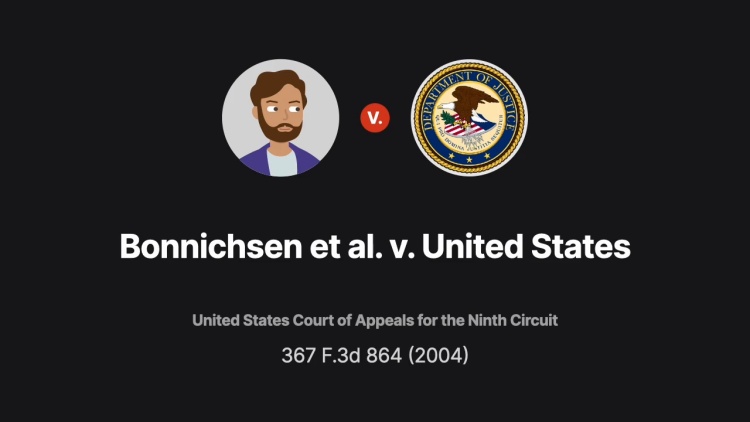Bonnichsen et al. v. United States
United States Court of Appeals for the Ninth Circuit
357 F.3d 962, amended by 367 F.3d 864 (2004)
- Written by Matthew Celestin, JD
Facts
In 1996, human remains (the remains) were discovered on property owned by the federal government (defendant) close to Kennewick, Washington. After obtaining a permit under the Archaeological Resources Protection Act (ARPA), archaeologists analyzed the remains and determined that the bone structure was different than that of modern American Indians. The archaeologists estimated the remains to be between 8,300 and 9,200 years old, making them some of the oldest human remains ever discovered in the US. Four Indian groups (the tribes) demanded that the remains be turned over for burial pursuant to the Native American Graves Protection and Repatriation Act (NAGPRA), which gives control over discovered Native American remains to the decedent’s descendants or a tribe affiliated with the decedent. The Secretary of the Interior (the secretary) concluded that the remains—due to their age and their discovery in the US—were Native American within the meaning of NAGPRA, i.e., that the available evidence demonstrated that the remains were culturally affiliated with the present-day tribes. A group of scientists and others (the scientists) (plaintiffs) ultimately filed suit in district court against the government—and the tribes as intervenors—challenging the secretary’s conclusion. The district court rejected the secretary’s conclusion, holding that it was inconsistent with the Administrative Procedure Act (APA) due to the lack of evidence supporting the secretary’s conclusion. The district court held that NAGPRA, therefore, did not apply and that the scientists were allowed to analyze the remains pursuant to the ARPA. The government and the tribes appealed.
Rule of Law
Issue
Holding and Reasoning (Gould, J.)
What to do next…
Here's why 899,000 law students have relied on our case briefs:
- Written by law professors and practitioners, not other law students. 47,000 briefs, keyed to 994 casebooks. Top-notch customer support.
- The right amount of information, includes the facts, issues, rule of law, holding and reasoning, and any concurrences and dissents.
- Access in your classes, works on your mobile and tablet. Massive library of related video lessons and high quality multiple-choice questions.
- Easy to use, uniform format for every case brief. Written in plain English, not in legalese. Our briefs summarize and simplify; they don’t just repeat the court’s language.





